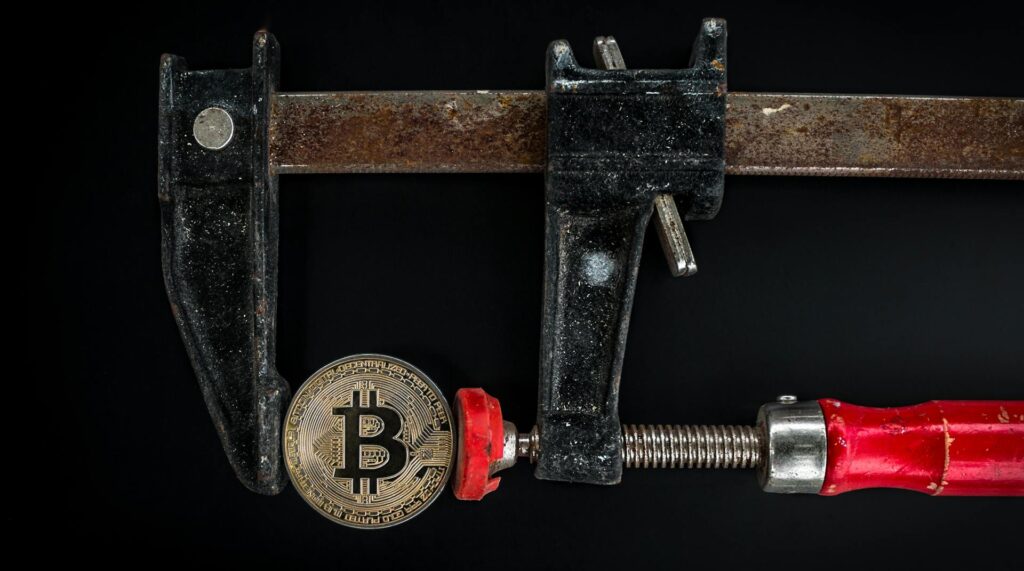
Blockchain data locking has its reputation by ensuring that once data enters the system, no one can alter it. But how does blockchain “lock” data, and how does this process work? Let’s break down the steps, from gathering data to cryptographic hashing, consensus mechanisms, and locking a block securely on the chain.
Step 1: Data Collection and Block Formation
Blockchain collects and stores transactions in blocks. Each block contains three main components:
- Transaction Data: This includes sender, receiver, and transaction specifics.
- Timestamp: This marks the exact moment when the system creates the block.
- Previous Block Hash: This links the current block directly to the previous one.
Blockchain doesn’t add blocks immediately after receiving transactions. Instead, it gathers enough transactions to meet a predefined threshold. Once it reaches this threshold, the system forms a new block and prepares it for the next steps.
Step 2: Cryptographic Hashing – Securing Data
Once the system forms a block, it generates a cryptographic hash for that block. Blockchain uses hashing algorithms like SHA-256 (in Bitcoin) to create a unique fingerprint of the block’s contents. This hash serves as a fixed-length string that represents all the data in the block, no matter how much information the block holds.
Any slight change to the block will completely alter the hash. This makes data manipulation detectable instantly. Additionally, each block contains the hash of the previous block, creating a chain of blocks that links the entire blockchain together. To change any single block, one must recalculate all the hashes of the following blocks, which demands immense computational resources and coordination, making tampering extremely difficult.
Step 3: Consensus Mechanism – Validating Blocks
Next, blockchain validates each new block through its consensus mechanism. The system relies on network participants to ensure the new block fits the rules and matches the network’s data integrity. Different blockchains use various consensus mechanisms to achieve this agreement:
- Proof of Work (PoW): Miners compete to solve complex puzzles. When one miner solves the puzzle, the network verifies it. That miner then adds the block to the chain and earns rewards.
- Proof of Stake (PoS): Validators stake cryptocurrency, and the system selects one of them to validate the block. The validator earns rewards based on the amount of cryptocurrency they stake.
No matter the mechanism, consensus protocols ensure that the majority of network participants agree on the validity of each block. Some systems use alternative algorithms like Delegated Proof of Stake (DPoS) or Byzantine Fault Tolerance (BFT), but PoW and PoS remain the most common.
Step 4: Network Verification – Confirming the Block
Following validation, the nodes within the blockchain network independently check the block’s hash and transaction details. Since blockchain operates as a decentralized system, no central authority controls this process. Every node verifies the block’s legitimacy to ensure the system remains accurate and reliable. Once the majority of nodes reach a consensus, the network adds the new block to the chain.
Step 5: Blockchain Data Locking – Achieving Immutability
After the network confirms the block’s validity, the system locks it into place on the blockchain. This locking process ensures two crucial aspects:
- Immutability: The blockchain ensures that no one can modify the data inside a block once it’s added. Changing a block would require altering the hashes of every subsequent block in the chain. Recalculating these hashes and gaining control over the majority of the network becomes virtually impossible in large-scale blockchains.
- Security: By securing the block through cryptographic links and decentralized validation, blockchain protects data from tampering. Gaining control over the system would require overtaking the majority of the network’s computing power, which is an extremely unlikely scenario, especially in large, established blockchains.
Once the system locks the block, its data remains part of the blockchain’s permanent history. No participant can modify or delete it, ensuring both transparency and security.
Conclusion: How Blockchain Data Locking Happens Securely
In conclusion, blockchain locks data through a carefully structured process. First, the system collects and organizes transaction data into blocks. Then, cryptographic hashing secures the block’s contents. The network validates the block through a consensus mechanism, and once verified, it adds the block to the chain and locks it. This locking process guarantees both immutability and security.
Blockchain’s use of hashing, consensus, and decentralized verification creates a system where data becomes untouchable once it’s locked in place. The process ensures that no one can alter the data without immense computational effort, providing a tamper-resistant digital ledger.
